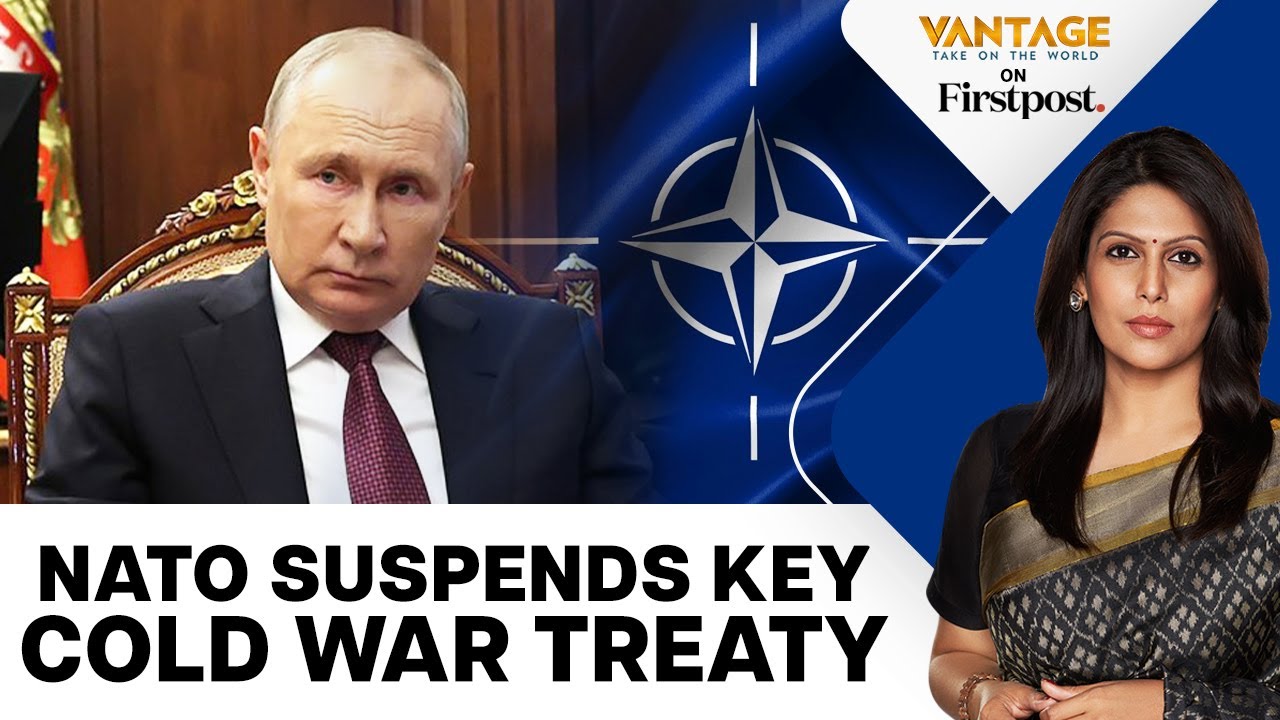In 1990, the world witnessed a significant turning point in history. The Berlin Wall had fallen, the Cold War was drawing to a close and Russia and NATO signed a landmark pact known as the Treaty on Conventional Armed Forces in Europe (CFE). This security agreement aimed to prevent military buildups at each other’s borders, fostering peace and cooperation in a new world order. However, in recent years, this once-promising treaty has unravelled, impacting global geopolitics. The early 1990s marked an optimistic period for the world characterised by the end of the Cold War and the collapse of the Soviet Union. This era brought hope for peace and a new world order with Russia-West tensions seemingly becoming a thing of the past. It was an age of cooperation and diplomacy. Birth of CFE Treaty In this spirit of cooperation, Moscow and NATO signed the CFE Treaty, officially known as the Treaty on Conventional Armed Forces in Europe. This groundbreaking agreement set constraints on conventional arms and equipment with the primary goal of preventing military buildup along mutual borders. It aimed to maintain peace in Europe and prevent the resurgence of conflicts. Unravelling of the CFE Treaty Sadly, this optimism waned over the years, particularly after Russia’s invasion of Ukraine in 2014. The CFE Treaty, designed to avert such a scenario, became increasingly untenable. So, what went wrong? The CFE Treaty faced significant opposition within Russia. At the time of its signing, Moscow held a clear advantage in terms of weaponry. Surrendering these gains did not make sense to many and it seems that Russia regretted its decision to join the treaty. In 2007, Russia suspended its participation in the CFE Treaty, a sign of growing discontent. In 2015, they officially announced their intent to withdraw, a move realised this year. Russia attributed its withdrawal from the CFE Treaty to two factors: United States and NATO’s expansion plans. This decision also led to the suspension of NATO’s participation with a majority of NATO’s 31 members including Poland, Romania, Hungary and Slovakia joining the suspension. A trend of eroding treaties The CFE Treaty is not the only international agreement to crumble. Recently, Russia pulled out of a nuclear test ban treaty while US withdrew from a nuclear forces treaty. This trend highlights how tensions between Russia and US are undermining key arms control pacts. “What is needed right now is more transparency, more risk reduction, more what we would call guardrails on competition. We basically need to manage the competition so that it doesn’t spiral into crippling arms races, you know, crippling you in terms of cost and instability. And we need to manage the risk of unintentional escalation and unintentional conflict,” said William Alberque, Director of Strategy, Technology and Arms Control at the International Institute for Strategic Studies. After 33 years, it seems that the gains made after the Cold War are eroding. Moscow-Washington relations are at an all-time low, a war rages in Europe and the world remains on edge. The demise of the CFE Treaty serves as a grim reminder that international relations are once again fraught with uncertainty. Views expressed in the above piece are personal and solely that of the author. They do not necessarily reflect Firstpost’s views. Read all the Latest News , Trending News , Cricket News , Bollywood News , India News and Entertainment News here. Follow us on Facebook, Twitter and Instagram.
The demise of the CFE Treaty serves as a grim reminder that international relations are once again fraught with uncertainty
Advertisement
End of Article


)

)
)
)
)
)
)
)
)



